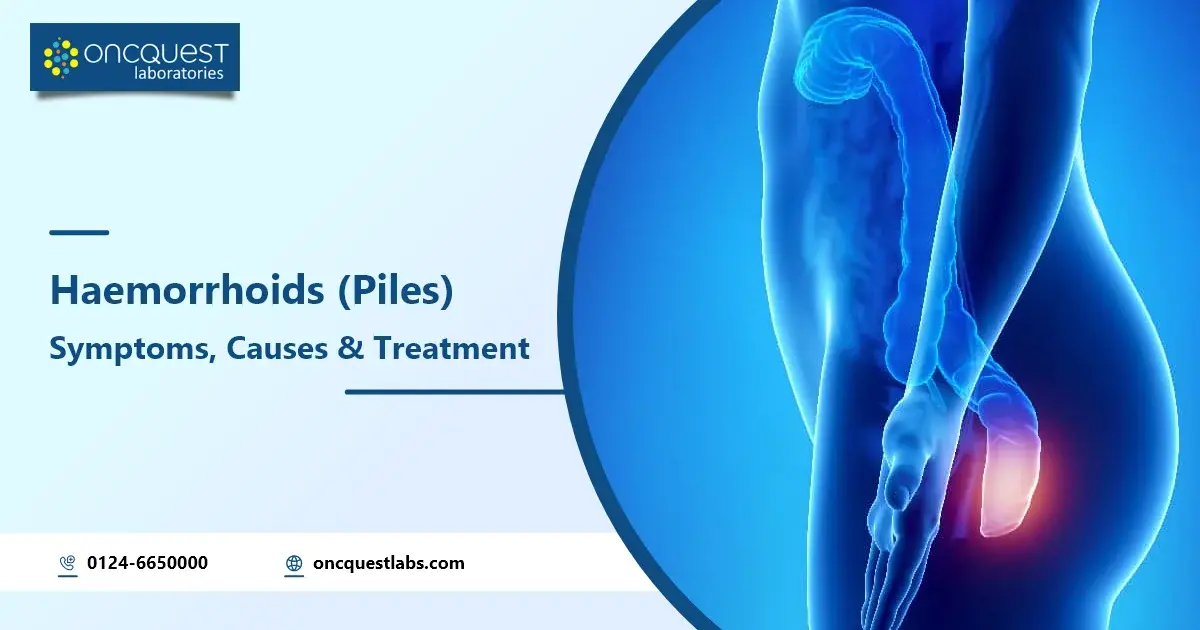Muscle cramps are a common and often inconvenient occurrence that many people experience at some point in their lives. These involuntary contractions can range from a mild annoyance to a painful disruption of daily activities. Understanding the reasons behind cramps can help shed light on how to prevent and manage them effectively.
Contents
The Basics of Muscle Cramps
Muscle cramps occur when a muscle contracts involuntarily and does not relax. They can affect any muscle in the body, but are most commonly experienced in the legs, feet, and abdomen. Cramps can last from a few seconds to several minutes, causing discomfort and sometimes even pain.
Dehydration and Electrolyte Imbalance
One of the primary culprits behind muscle cramps is dehydration. When the body lacks an adequate amount of fluids, it can disrupt the balance of electrolytes—essential minerals like sodium, potassium, calcium, and magnesium—within the muscles. Electrolytes play a crucial role in muscle contraction and relaxation, and an imbalance can lead to cramping.
Overexertion and Fatigue
Intense physical activity or overexertion without proper conditioning can contribute to muscle cramps. When muscles are fatigued, they are more prone to involuntary contractions. This is particularly common in athletes or individuals who engage in strenuous exercises without allowing their muscles sufficient time to recover.
Poor Blood Circulation
Inadequate blood circulation can also be a factor in the occurrence of muscle cramps. Reduced blood flow deprives muscles of oxygen and nutrients, leading to spasms. This is often observed in situations where people sit or stand in one position for extended periods, such as during long flights or prolonged desk work.
Underlying Health Conditions
Sometimes, muscle cramps can be a symptom of an underlying health condition. Conditions such as diabetes, peripheral artery disease, and nerve compression disorders may contribute to cramping episodes. Consulting with a healthcare professional can help identify and address any potential health issues.
Prevention and Management
To prevent muscle cramps, staying well-hydrated and maintaining a balanced diet rich in electrolytes is essential. Gradually increasing exercise intensity and incorporating stretching routines can also help condition muscles and reduce the risk of cramps. If cramps persist or are accompanied by other concerning symptoms, seeking medical advice is recommended.
Conclusion
In conclusion, muscle cramps can be attributed to various factors, including dehydration, overexertion, poor circulation, and underlying health conditions. Understanding these triggers can empower individuals to take proactive steps in preventing and managing muscle cramps, promoting overall well-being and comfort in daily life.





